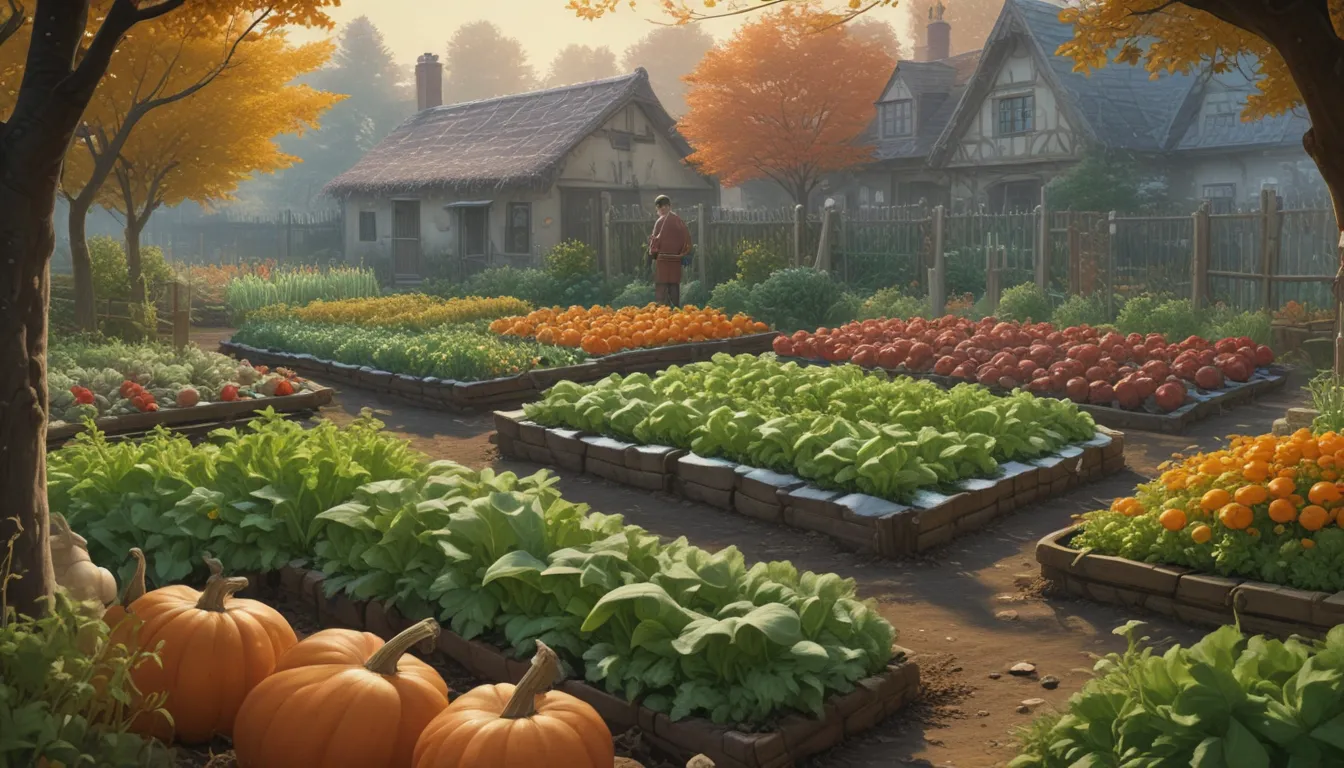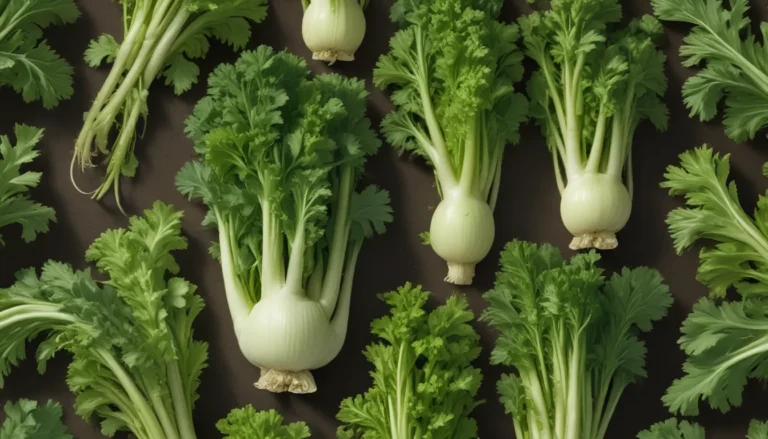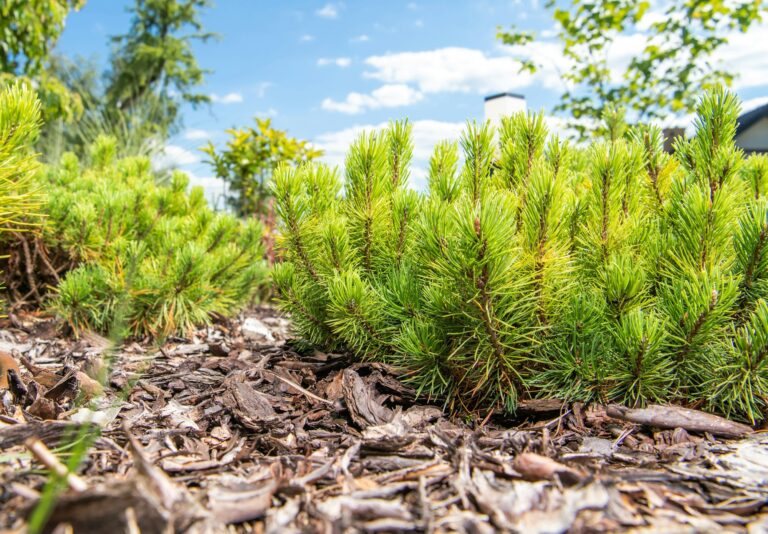Understanding Frost Damage in the Fall Vegetable Garden

As the cool air of fall begins to settle in, gardeners everywhere are faced with the impending threat of frost. Anticipating and assessing frost damage is crucial to ensuring that your fall vegetable garden remains healthy and productive. In this comprehensive guide, we’ll cover everything you need to know about frost, vegetable hardiness, preparing for a frost event, evaluating post-frost damage, and meeting late-season challenges in your garden.
What Is Frost?
Frost occurs when water vapor condenses and freezes instead of forming dew, resulting in ice crystals on outdoor surfaces. The formation of hoar, light, or white frost happens when the ground temperature drops to 32°F or lower, even if the air temperature is above freezing. Alternatively, in the case of a hard or black frost, both the air and ground temperatures fall below freezing, leading to freezing without visible frost.
Frost damage occurs when ice crystals form inside the tissue of vulnerable plants, causing them to split open and lose essential nutrients. Understanding the different types of frost and their effects is essential for protecting your fall vegetable garden.
Understanding Hardiness
Vegetables exhibit varying degrees of hardiness, which determine their ability to withstand frost. The categorization of plant hardiness includes:
- Hardy
- Half-Hardy
- Tender
- Very Tender
Hardy
Hardy vegetables can withstand heavy frost and air temperatures below 28°F. They thrive in cool weather with minimal sun exposure and are typically planted in early spring or late summer. Examples of hardy vegetables include cabbage, spinach, and kale.
Half-Hardy
Vegetables classified as half-hardy can tolerate light frost and temperatures between 28-32°F. They require more sun exposure than hardy plants and are often planted in late spring or early summer. Examples include lettuce, peas, and carrots.
Tender
Tender vegetables are more fragile and require temperatures above 32°F. They need ample sunlight to thrive and are typically planted after the last average frost date in spring. Examples of tender veggies include beans, cucumbers, and squash.
Very Tender
Finally, very tender vegetables require extensive sunlight and cannot tolerate any degree of frost. They must be planted after all risk of frost has passed and include crops like tomatoes, peppers, and eggplant.
Preparing for a Frost Event
As the threat of frost looms, it’s essential to take proactive measures to protect your fall vegetable garden. Here are some tips to help you prepare for a frost event:
- Continue Watering: Water your plants at the soil level near the roots to help them absorb moisture and generate heat through transpiration.
- Harvest Mature Crops: Harvest ripe vegetables before the frost hits, especially those that continue to ripen after picking.
- Collect Seeds: Save seeds from mature plants for next year’s garden.
- Cover Vulnerable Plants: Shield tender and very tender plants with covers like buckets, burlap, or trash bags to create a protective microclimate.
- Avoid Mulching: While some gardeners recommend mulching as a protective measure, it can actually trap moisture and promote ice formation.
By taking these precautions, you can minimize damage and maximize the resilience of your fall vegetable garden against frost.
Evaluating Post-Frost Damage
After the frost has passed, it’s time to assess the extent of the damage and determine the next steps for your crops. Post-frost damage may manifest in various ways, such as blistering, discoloration, or softness. Evaluate each plant carefully to determine if any salvageable portions remain.
While some crops may be irreversibly damaged, others may recover and continue to grow to maturity. It’s essential to monitor your plants closely and remove any damaged parts to promote healthy growth. Remember that not all damage is permanent, and with proper care, some plants can thrive despite frost exposure.
Meeting Late-Season Challenges
As the gardening season transitions into fall, it’s important to adapt to the changing weather conditions and challenges. By choosing hardy plants, utilizing protective measures, and considering options like building a greenhouse, you can extend the growing season and continue to enjoy fresh produce well into the fall.
Whether you’re a seasoned gardener or just starting out, understanding frost damage and how to protect your fall vegetable garden is key to success. By following the tips outlined in this guide, you can navigate late-season challenges with confidence and ensure a bountiful harvest.
Have you encountered frost damage in your garden? Share your experiences and favorite methods for protecting your plants in the comments below. And if you found this guide helpful, be sure to explore our other resources on cool-weather crops, fall planting timelines, and winter mulching techniques.
Remember, with proper preparation and care, your fall vegetable garden can thrive despite the challenges of frost. Happy gardening!
Images by Matt Suwak. All rights reserved. See our terms of service for more details.





